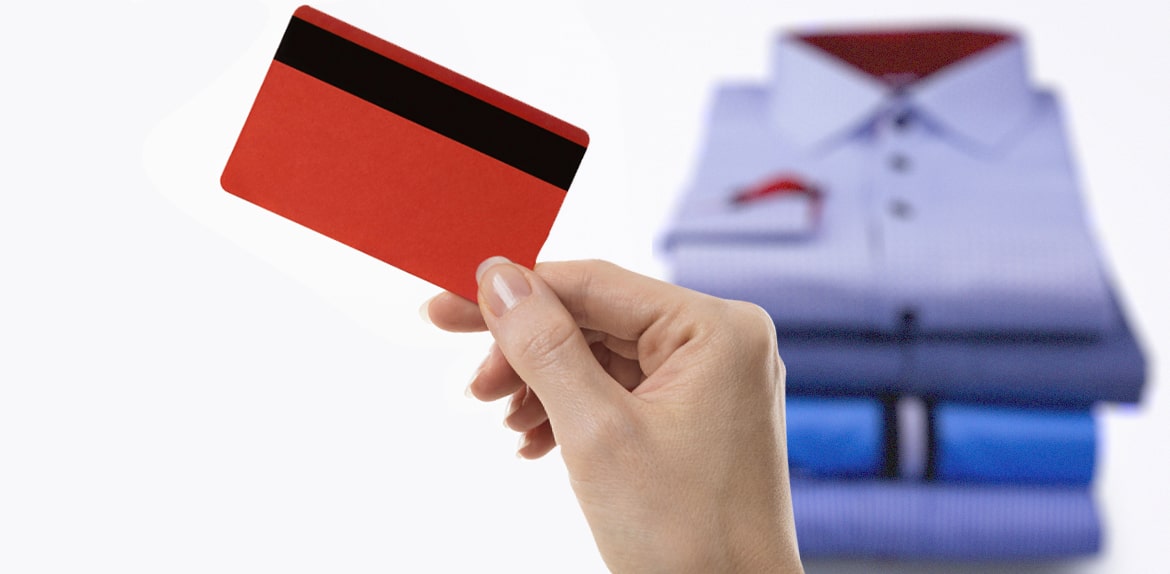Magnetic stripe cards
Magnetic stripe is one of the most widespread and most inexpensive ways to personalize plastic cards. With its completely unimpressive dimensions, only 85.6 x 12.7 mm, the magnetic coating contains a fairly large amount of information.
The scope of application of magnetic cards is very wide: these are discount cards (including accumulative ones), bonus cards, bank cards, credit cards, gift cards with a magnetic stripe (magnetic stripe gift cards), express cards, plastic keys and passes, identity cards with magnetic stripe (class sol magnetic stripe id card) and more. The magnetic card is supported by its democratic price and ease of data processing.
The magnetic stripe contains the personal information of the cardholder, recorded using a special code. To decrypt the data of a magnetic plastic card, you must use a special reading device – a reader. This measure significantly increases the level of protection of the card against various types of fraud. Like any other information carrier, the memory capacity of the magnetic stripe has its own limitations, and is produced for magnetic fields of various strengths.
Magnetic stripes are divided into:
- Low coercitive (or LoCo) current is used to record information up to 300 oersted. It is common practice to paint a LoCo strip brown.
- Medium Coercitive (or MeCo) current is used to record information up to 2750 oersted. The standard color is black.
- High coercitive (or HiCo) currents up to 4000 oersted are used to record information. Usually the HiCo magnetic stripe is black.
It is customary to classify plastic cards with the HiCo stripe as more reliable, since their magnetic carrier is more resistant to external magnetic fields (not demagnetized). At the same time, the cost of a plastic card with a black magnetic stripe is slightly higher than with a brown one.
HiCo magnetic coated plastic cards are ideal for frequent use. They have proven to be excellent as passes, keys, and other cards for regular use. At the same time, if the card is supposed to be used from time to time (for example, discount or bonus), or its validity period is limited to a short time interval, then LoCo coverage will perfectly cope with its functions.
The magnetic stripe has three recording tracks on which you can put the information you are interested in. This is quite enough, since the entire strip memory is rarely used, mainly for banking products. For most discount and bonus programs, one track is enough. Recording on magnetic tracks is carried out strictly in Latin letters and numbers.
Cards with magnetic stripe as a storage medium
Numeric and alphanumeric data is encoded on the magnetic stripe of a magnetic card, which you can read with an appropriate reader and appropriate software. There are three magnetic tracks, which together have a capacity of 1,024 BITs, on which data can be stored encrypted. Magnetic stripe cards or magnetic cards have a stripe coated with magnetic metal oxide. They are standardized according to the international standard ISO 7811, which provides three data tracks per lane. The following amounts of data can be stored on tracks:
- lane 1: 79 alphanumeric characters (codification closeness: 210 bpi).
- lane 2: 40 numeric characters (codification closeness: 75 bpi).
- lane 3: 107 numeric characters (codification closeness: 210 bpi).
Areas of application of cards with magnetic stripe (class cards with magnetic stripe)
Magnetic cards are used in many areas. Quite often in combination with a contactless or contact chip.
The most common is the Keycard.
A plastic magnetic key card is an inexpensive but very effective way to protect yourself and the client, as well as simple and convenient to use. A locking system using a magnetic card allows you to control the movement of people around the complex and prevents unauthorized entry into hotel rooms and office premises.
The most widely used plastic key card in hotel complexes. The door, which is planned to be opened with such a key, must be equipped with a special device – a reader (information reader), into which a plastic key is inserted. As soon as the information is read (this procedure takes literally a second), the door opens automatically. Different systems use keys with a chip, HiCo or LoCo magnetic stripe.
The convenience of a plastic key is not limited to ease of use: the reliability of such a lock is extremely high. Duplicates of plastic keys are practically not made (only in the rarest cases). In addition, as a rule, these cards are equipped with an anti-burglar magnetic stripe.
Plastic key cards also contain information about when they were used to open the door, which makes it possible to track staff visits to the room, thus increasing the reliability of the safety of things.
Considering that the price of a plastic card with a magnetic stripe is not high, it is assumed that individual key cards are used by only one owner during one period of access to the object. Further, new key cards are issued to the new user. This increases the level of confidentiality of access to a very high level.
The use of plastic key cards is very important in other areas of business as well. Such a key easily allows you to both restrict personnel access to various facilities, and track movements across the territory of the enterprise, control the time of coming to work and leaving it.
A plastic key card, like most other cards, can be without individual data or personalized. This is, of course, a convenient attribute both for the owners of the key card system and for their clients.
Still have questions? Contact us, we will be happy to advise you!
